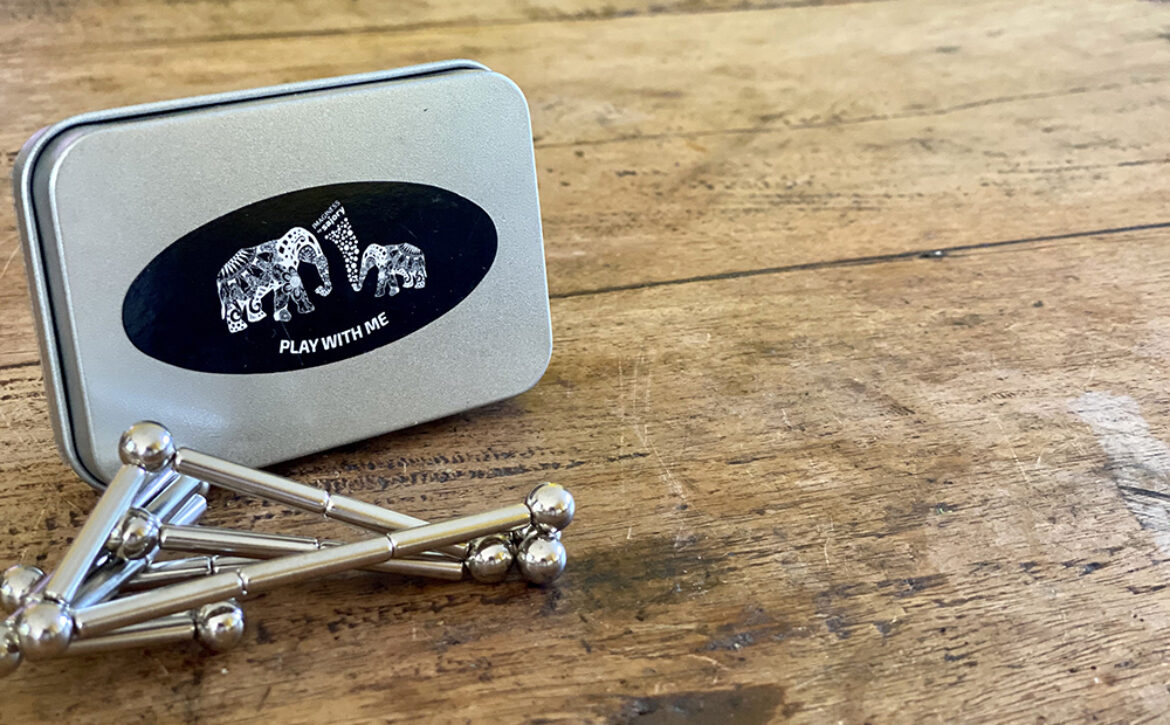No promises
We promise ourselves goals each year. And we reiterate many of them every month. Sometimes a weekly reminder pops up on our phones.
Yet we don’t complete them.
We feel disappointment. Ashamed sometimes. Mostly sad.
It might not be the sense of losing our goal accomplishment that wears us out, maybe it is the promise that we make each time, and each time we break.
So let’s not make promises we can’t keep. Let’s conduct experiments.
For the remainder of this week, pick an item from the list of things you’ve wanted to complete this year.
One thing only.
First, break it down so little that you have the first step sorted into getting things ready, or setting the space, or following up on with someone. This could be a habit to start, an action to close a project, or a relationship you wish to reconnect with. Just one thing. Write it down.
Next, create an anchor. This is a physical item that sits or stands or hangs in front of you. It doesn’t have to make sense to anyone but you. It’s meant to be in front you where you see, smell or sense it daily.
Finally, for the next three days, make an effort to either start or continue this one little step towards the goal at the beginning or end of your day (the middle is always lost to chaos). Promise yourself, that when the weekend comes, you remove the anchor and no sense of shame will remain if you’ve not completed the task.
This is an experiment, not a goal in itself.
See if it works. Let me know. I’m curious.
Randah


